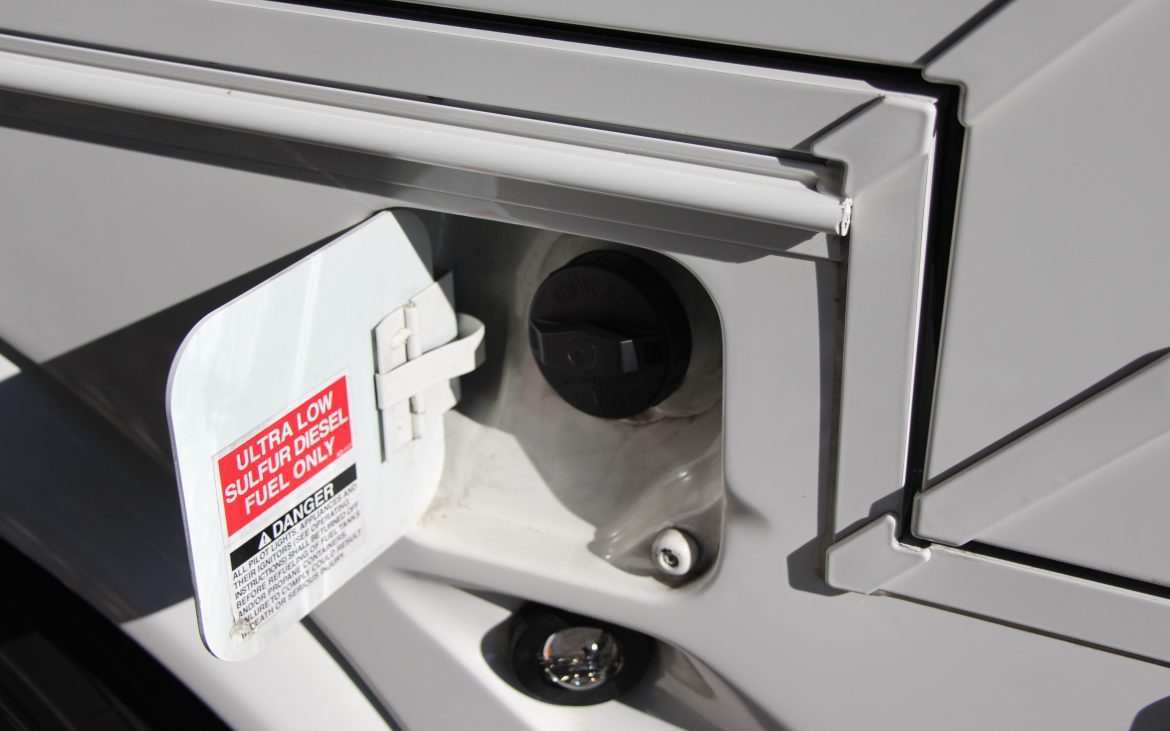Locking fuel caps are featured on many automobiles today. This was probably inspired by the high cost of fuel in past years. Most motorhome manufacturers, however, have never embraced this as a standard, or even a viable option offering. This leaves it entirely to the end user. But is there a need for such a security item?
Let’s look at the benefits that may be derived from adding locking fuel cap(s) to an RV.
Advantages
- Makes it far more difficult to steal fuel
- Protects from vandals contaminating the fuel
- Eliminates eager full service fuel attendant from putting the wrong fuel in prior to you getting out to the pump
- Controls who has access to the fueling port. This eliminates helpful family members or friends from accidentally putting the wrong fuel or mistaking it for a different fill port.
As far as disadvantages, there are probably none outside of the sourcing and the additional cost. Some pessimistic people have stated that they can cause the thieves to cut the fill hose between the tank and port, but come on! If you have to worry about such things you had better move your RV to a safer area.
So, where can you get locking fuel caps for your specific rig? Well, for some gasoline units, your local auto supply store can probably cross reference them. Some, however, with specialty chassis’ like Spartan, Freightliner or John Deere, may not be available in a cross reference chart. For these, a find-and-match procedure may be required.
To do this, we must first determine whether the cap is vented or non-vented. The method I use here may not sound like the best, but it works. Remove the existing cap and thoroughly clean the bottom of the threaded portion. Now, trust me! This isn’t “Candid Camera!” Put your lips over the end of the threaded part. Apply some vacuum by sucking with your mouth. If it is a non-vented type it will merely maintain the vacuum. Should it allow air in, preventing you from holding a negative pressure, it is a vented unit.
Once this is done, you must match up the physical thread size to be sure it will fit the fill port. For dual-fuel ported RV’s, like most diesel pushers, you will probably have to settle on having two different keys, as getting a pair with a matched lock may be nearly impossible to source. Here, painting one, or installing a rubber key guard, can make selecting the right one a no-brainer.
So, even with current fuel prices relatively low, the locking cap may still be a great feature to add to your RV.
